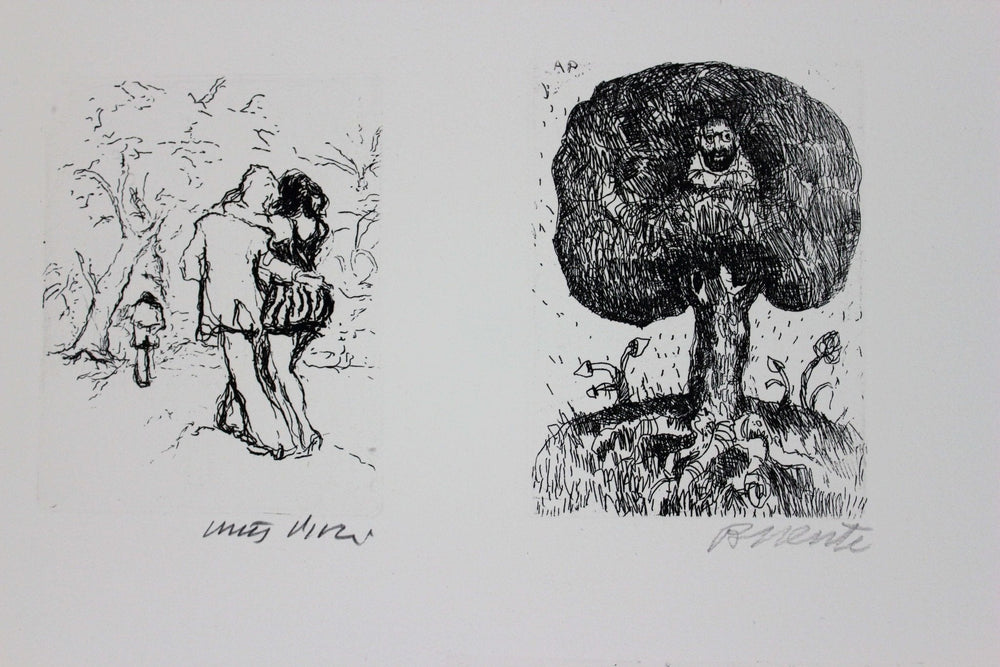Manlio Bacosi was an Italian painter born in Perugia in 1921. Creative vitality and expressive originality are just some of the main characteristics of Manlio Bacosi, considered one of the best known Italian landscape architects. From painting to graphics, from ceramic decoration to sculpture, Manlio Bacosi confirms himself as one of the most prolific artists of the post-war period. He trained in the studio of the sculptor Leo Ravazzi and the futurist painter Gerardo Dottori . He began exhibiting in 1947 and since then has held numerous solo exhibitions in Italy and abroad.
In 1951, at just thirty years of age, Manlio Bacosi was invited, on the recommendation of Gerardo Dottori, to the first exhibition on Futurism of the post-war period, at the Palazzo del Podestà in Bologna, in the section of young people identified as continuers of the futurist artistic avant-garde. In that period Manlio Bacosi was exploring the abstract and the informal, however the Umbrian landscapeism of Doctori's aero-pictorial season would influence the young artist to such an extent that he would dedicate himself entirely to it for the rest of his life, being considered to all intents and purposes the continuer of Umbrian landscape painting.
In the works of Manlio Bacosi, the landscape undergoes a profound process of reduction and synthesis which leads the artist to represent a minimal world, indicated by a few signs on flat and uniform spreads of colors in a two-dimensional space. In this context the artist intervenes with a certain gestural nature which leads him to superimpose even more mysterious and hermetic pictorial signs onto this reality. In addition to landscapes, among his favorite themes there are also still lifes whose concept he evolves, applying it to subjects that float in the colored void or in simple, however elaborate geometries.
Even the ceramics demonstrate new distinctive features, works that are the result of an intense creative activity that perceives color according to new, less clear, more blurred forms.
In 1972 the city of Todi presented an anthological exhibition in his honor at the Town Hall.
In 1975 in Recanati on the occasion of Leopardian events, Manlio Bacosi presented a vast collection of his works in the municipal halls. Also in 1975 the city of Montecatini organized a solo show of over 50 works. In December of the same year, the Municipality of Rome presented a vast solo exhibition of his in the rooms of Palazzo Braschi.
In March 1976, an anthological exhibition of over 80 works took place at the Municipality of Perugia.
In 1979 he was awarded the International S. Valentino d'Oro Prize for the Figurative Arts. In July of the same year an anthological exhibition at the San Marino museum was organized by the Municipality.
In May 1982 it was the turn of the large personal exhibition with 80 works in the Saloni della Molinella in Faenza under the patronage of the Municipality. Manlio Bacosi died in Perugia in 1998.

Espressionismo
Manlio Bacosi
Manlio Bacosi Painter










: invalid url input -->)